Quick Visit to Denali Park; More Bears (Periodic Table of Bear Elements) (June 2021)
When considered holistically in the whole-bear physical sense that the previous posts depicted, grizzlies are certainly more than the sum of all their parts. Moreover, that notion completely ignores the high specific gravity of even a docile grizzly's imposing psychic, non-corporeal presence. Nonetheless, having now seen their holistic depictions, it is intriguing to ponder their constituent physical elements, those parts that are quintessentially Grizzly.
If there were a Periodic Table of Bear Elements, these might be some of the grizzly-relevant elements, with their corresponding symbols: H for Hump; Cl for Claws; Fa for Fangs; Ea for Ears; E for Eyes; Fp for Footpads; B for Backend; T for Tail; Sn for Snout; P for Paw; Li for Lips; F for Fur.
Thus, a partial Periodic Table of Bear Elements might be illustrated as follows:
H for Hump (grizzlies, but not black bears, have a big shoulder hump):
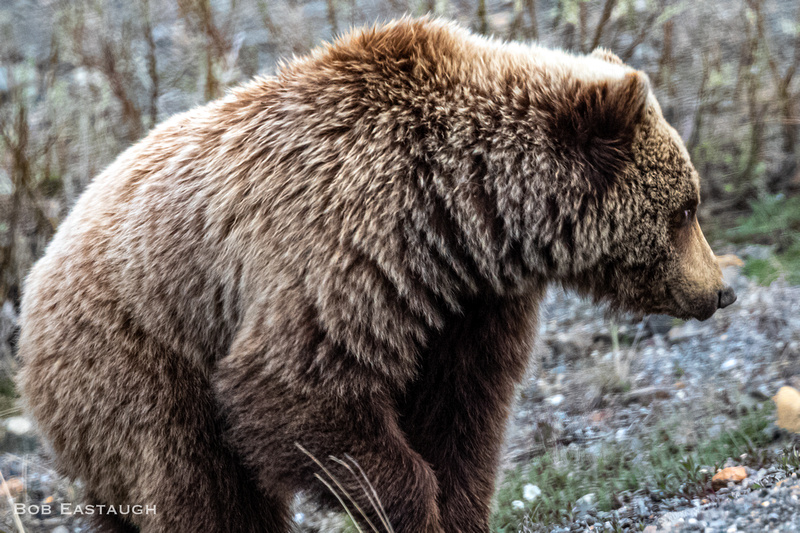 EF4A8149-Edit
EF4A8149-Edit
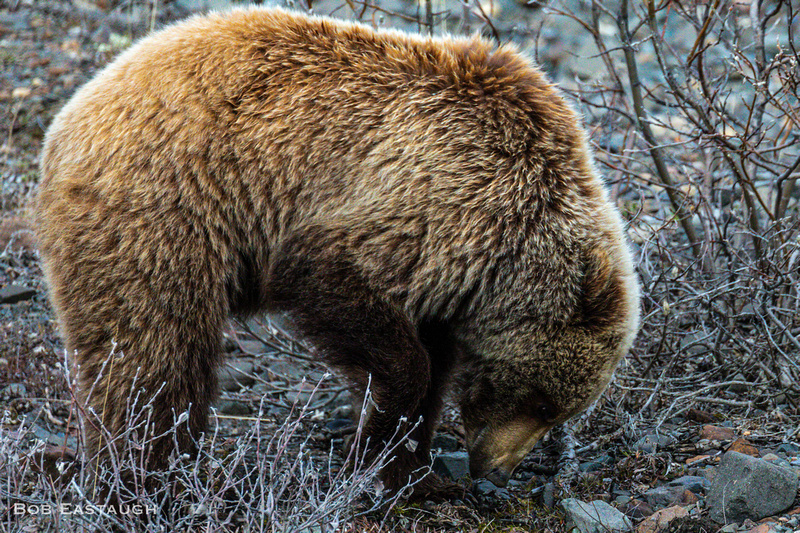 EF4A8122-Edit-2
EF4A8122-Edit-2
The hump is sufficiently characteristic of grizzlies that Kantishna Lodge uses it in an informative caricature:
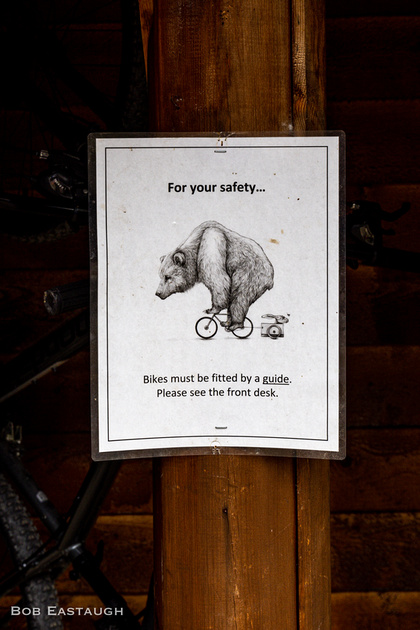 131A4619
131A4619
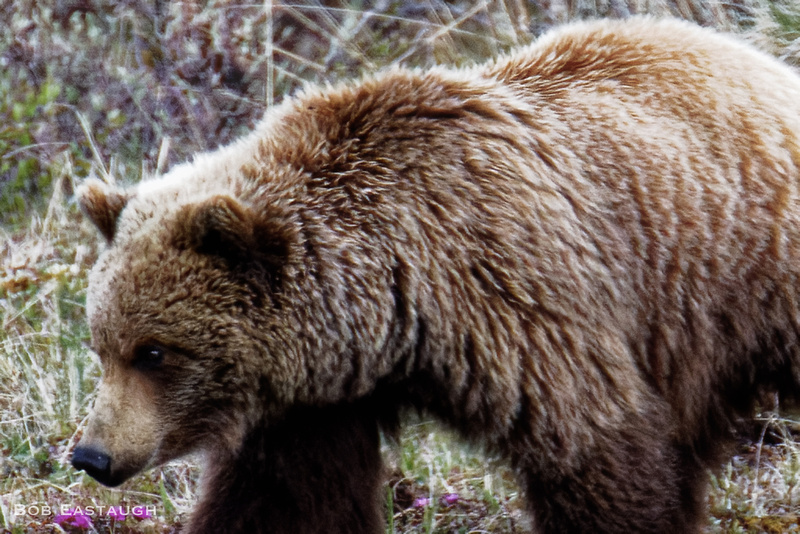 EF4A8047_DxO
EF4A8047_DxO
Cl for Claws (prominent claws are important for digging, prying, and excavating, and for defense and offense; thick foot pads raise the claws off the surface while walking):
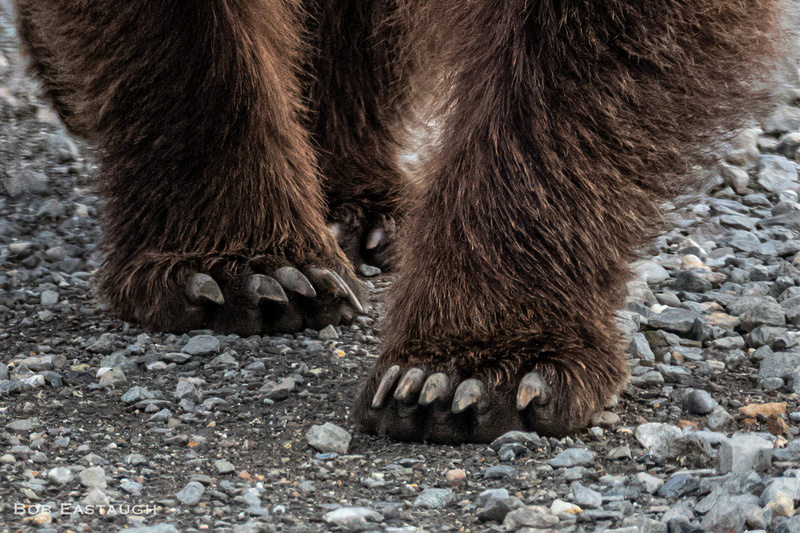 EF4A8161-Edit-2
EF4A8161-Edit-2
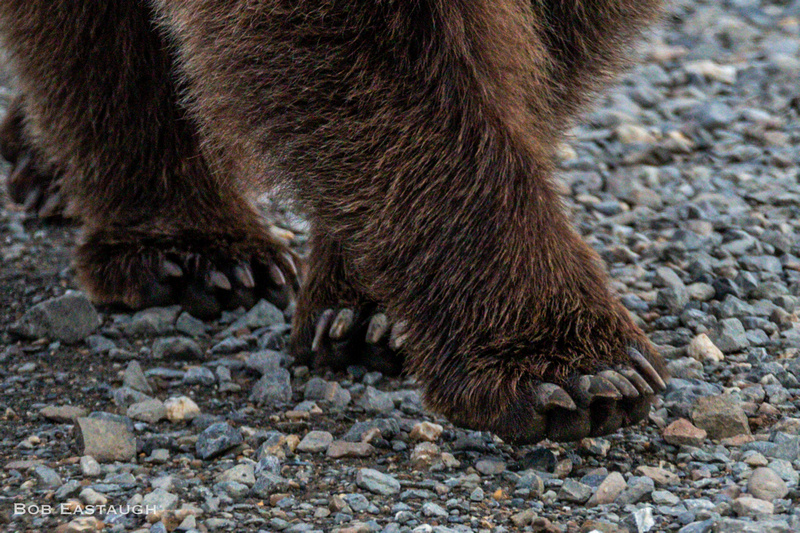 EF4A8164
EF4A8164
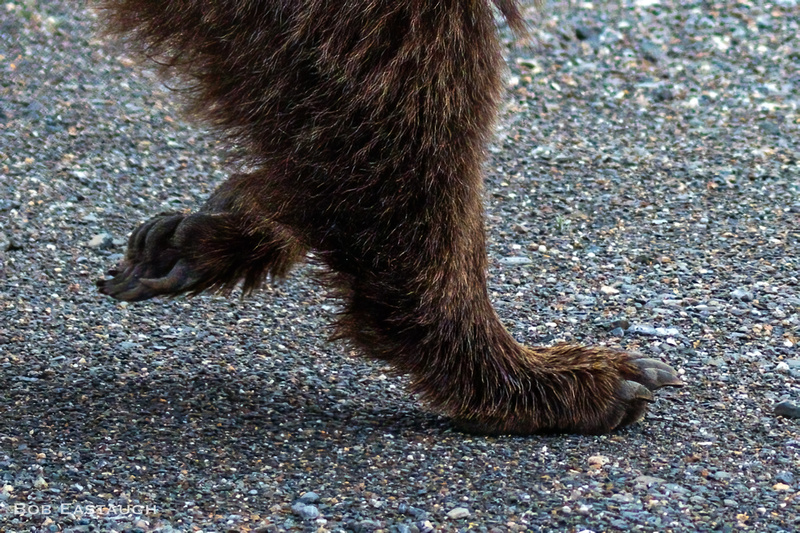 EF4A8171-Edit
EF4A8171-Edit
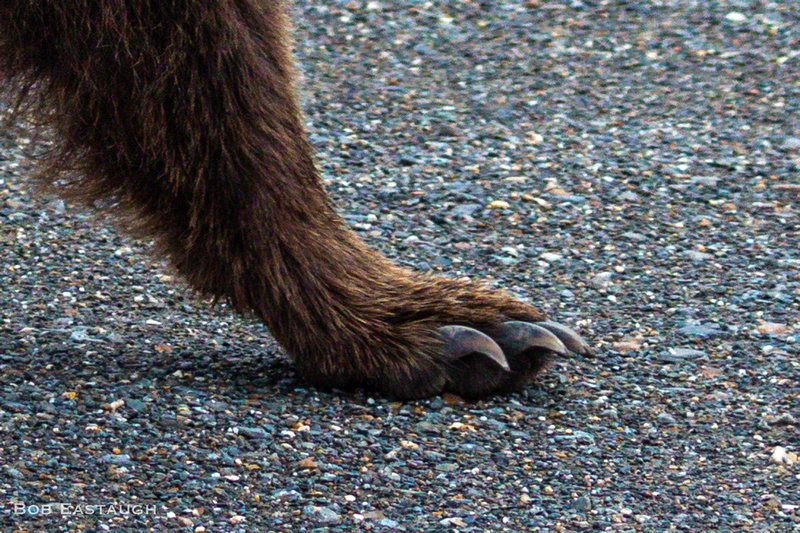 EF4A8172
EF4A8172
 EF4A8174
EF4A8174
Fa for Fangs (bears' teeth include fangs - their canines; it is thought a grizzly's jaws have sufficient power to crush a bowling ball - this thought may or may not be the product of observed and controlled experiments):
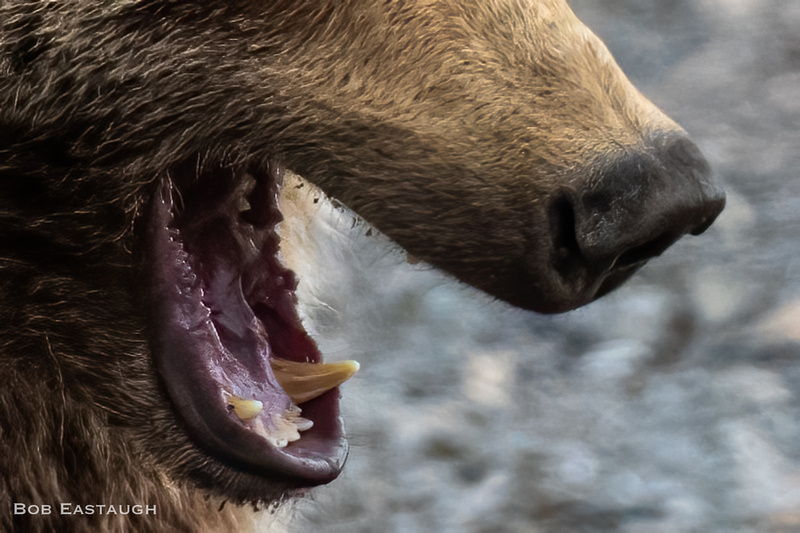 EF4A8158-Edit-2-Edit
EF4A8158-Edit-2-Edit
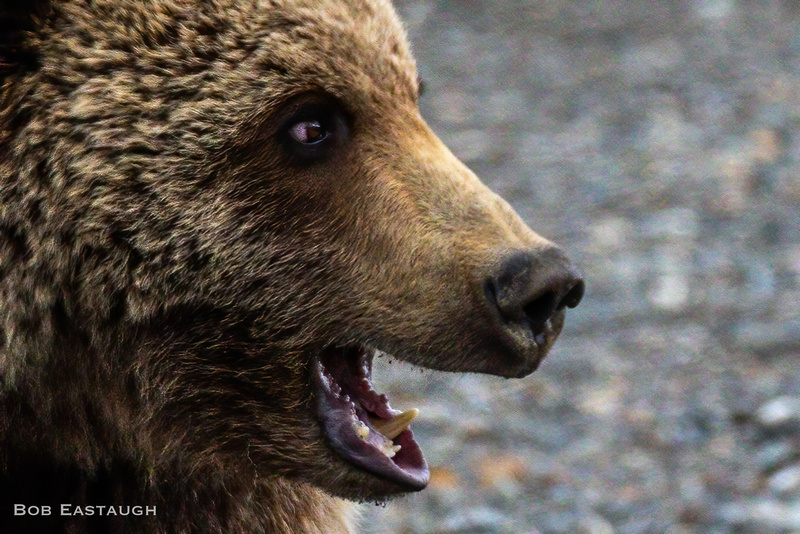 EF4A8157-Edit-2-Edit
EF4A8157-Edit-2-Edit
This bear was merely yawning.
Ea for Ears (bears, even grizzlies, have ultra-cute teddy-bear ears, but trying to rub them is ill-advised):
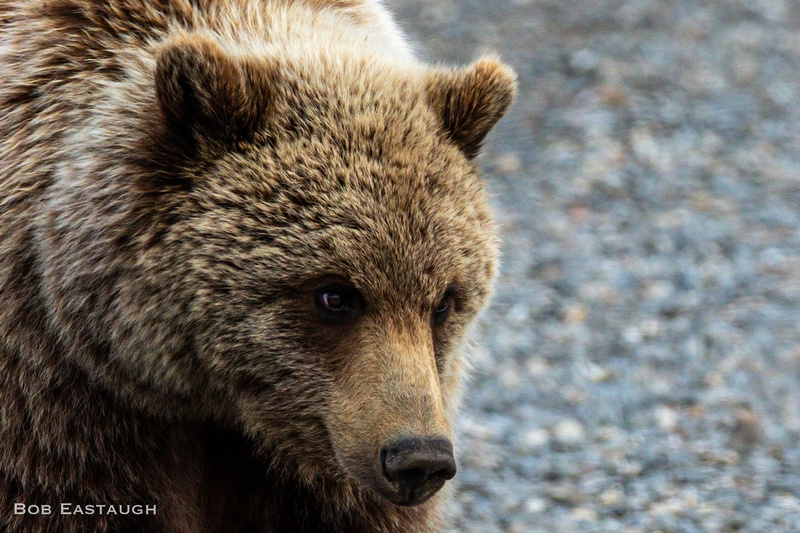 EF4A8162-Edit
EF4A8162-Edit
 EF4A8164-Edit-2
EF4A8164-Edit-2
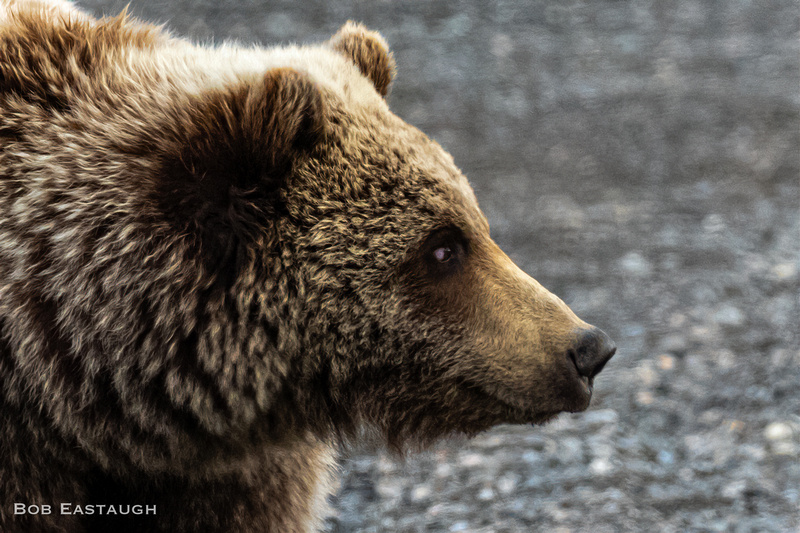 EF4A8154-Edit-4
EF4A8154-Edit-4
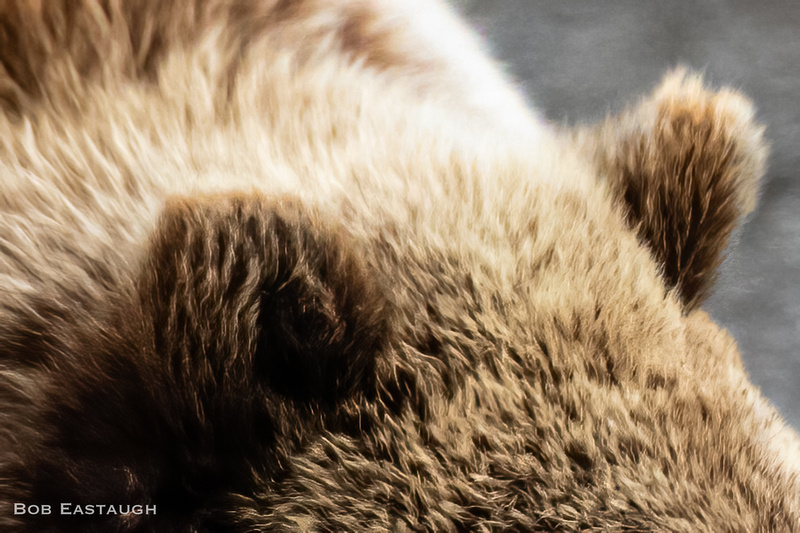 EF4A8158-Edit-2-Edit-1
EF4A8158-Edit-2-Edit-1
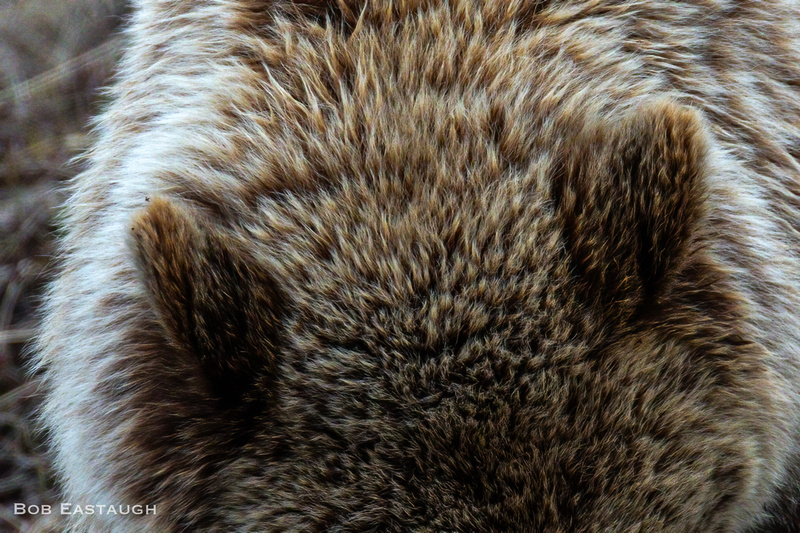 EF4A8195-Edit
EF4A8195-Edit
E for Eyes (grizzly vision is far less capable than grizzly sense of smell, which might be why bears seem to stare intently):
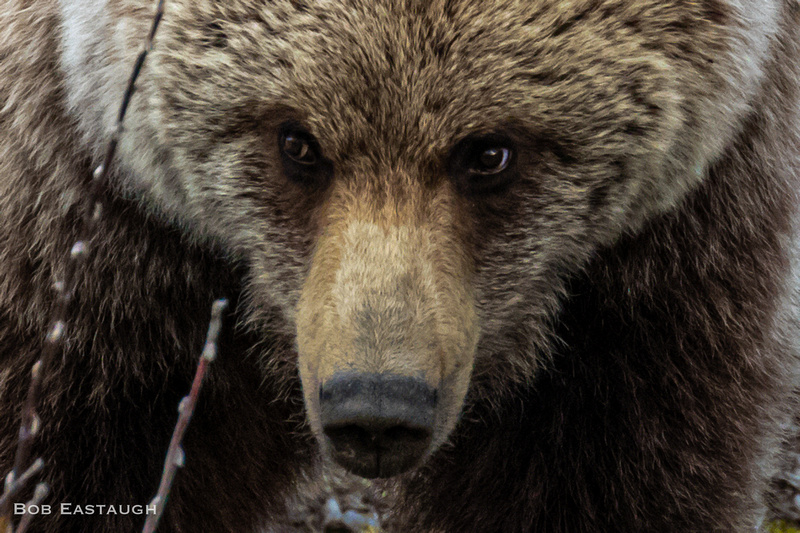 EF4A8110
EF4A8110
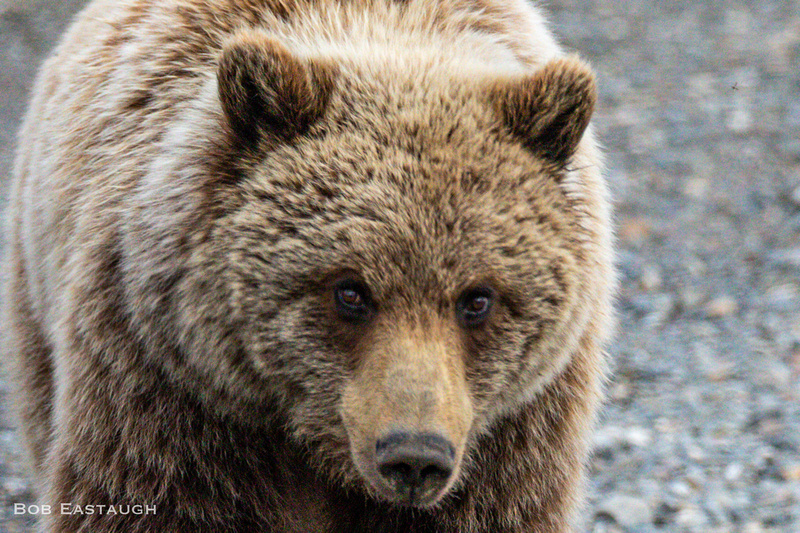 EF4A8160
EF4A8160
Fp for Footpads (thick and sturdy enough to keep claws from dragging while walking, and long enough that the articulated pad conforms paw to terrain):
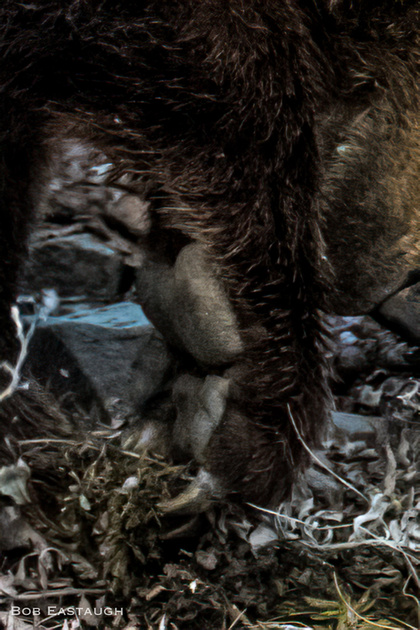 EF4A8120-Edit-2
EF4A8120-Edit-2
 EF4A8171-Edit
EF4A8171-Edit
Sn for Snout (with a nose extraordinarily sensitive to detecting and distinguishing smells):
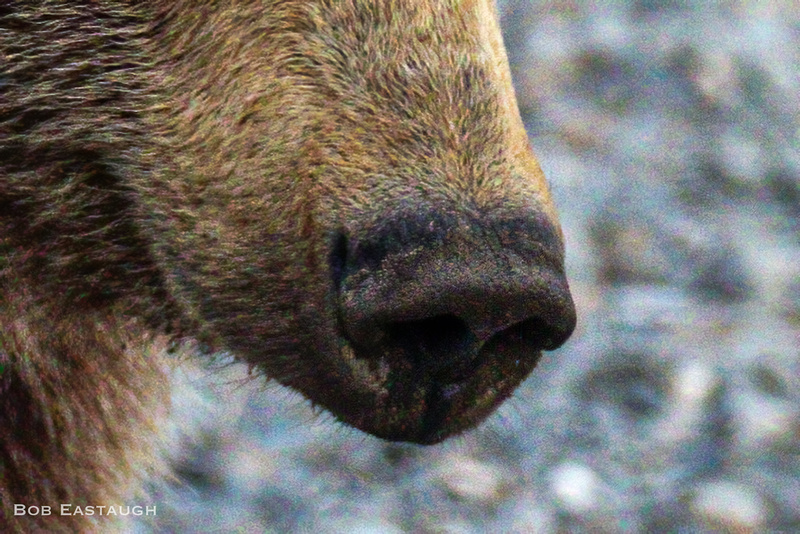 EF4A8167-Edit
EF4A8167-Edit
Li for Lips:
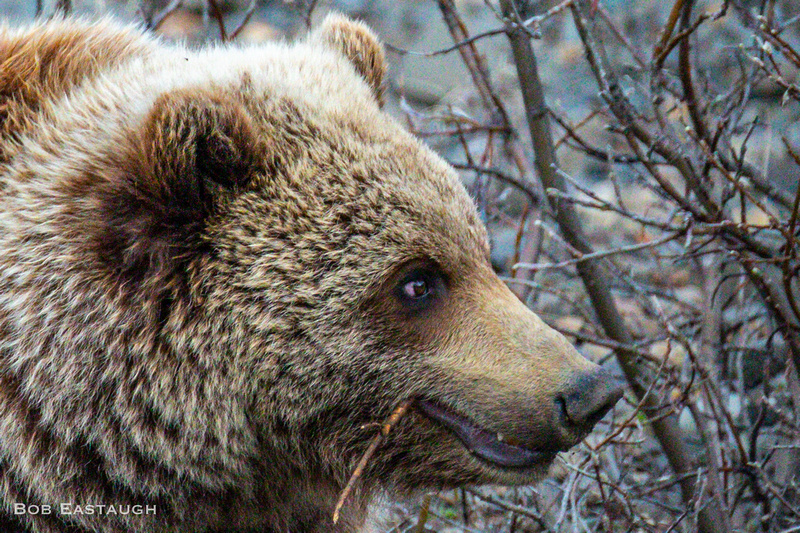 EF4A8131-2
EF4A8131-2
 EF4A8157-Edit-2-Edit
EF4A8157-Edit-2-Edit
F for Fur (dense, sturdy, and visually luxuriant):
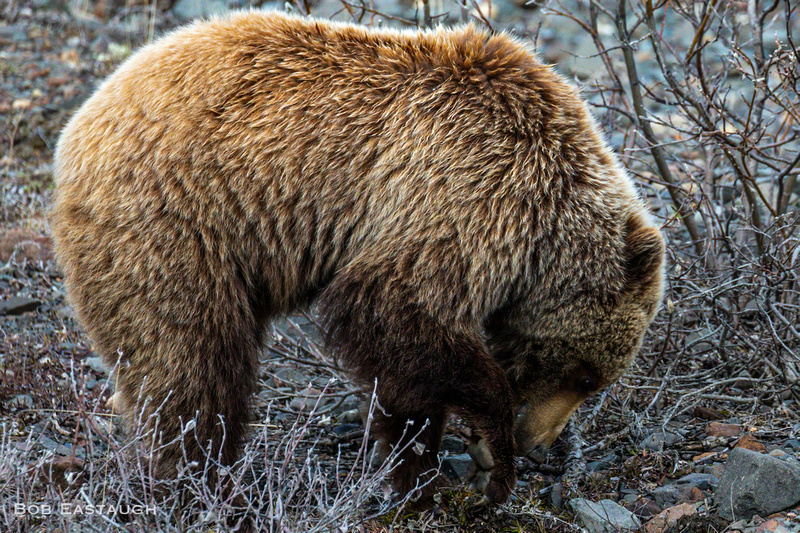 EF4A8120-Edit-3
EF4A8120-Edit-3
T for Tail (a surprisingly unimpressive little afterthought, bringing up the Behind):
 131A4091-Edit-2
131A4091-Edit-2
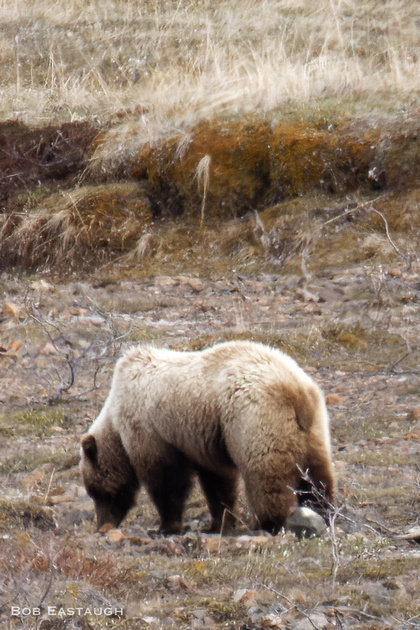 131A4064_DxO
131A4064_DxO
P for Paws (surprisingly flexible and agile, attached to what seem, from the side, to be slender, even svelte, ankles; a front view shows how wide and sturdy those ankles really are):
 EF4A8174
EF4A8174
 EF4A8172
EF4A8172
 EF4A8165
EF4A8165
Paw placement while walking is interesting; this bear's paws nearly cross over as it ambles slowly along.
 EF4A8164
EF4A8164
B for Backend (great power personified, depicted in the mature adults, top and bottom photos, and even in the not-yet-mature youngster in the middle two photos):
 131A4064_DxO
131A4064_DxO
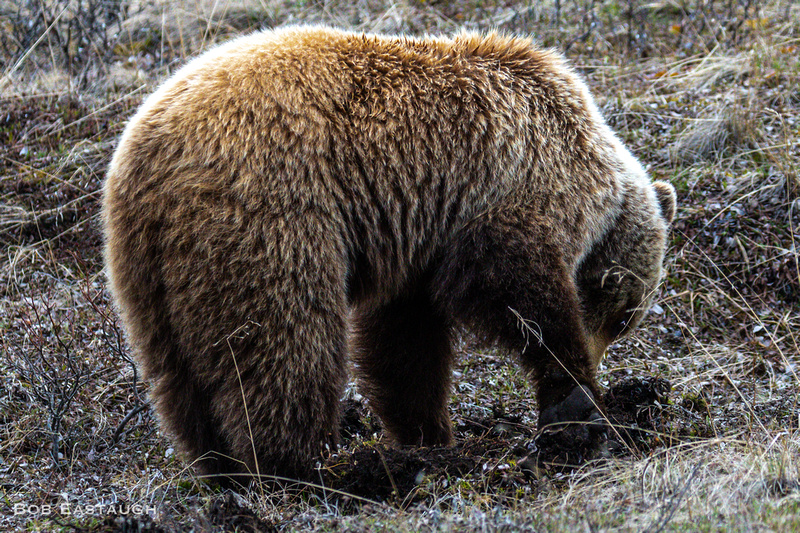 EF4A8207
EF4A8207
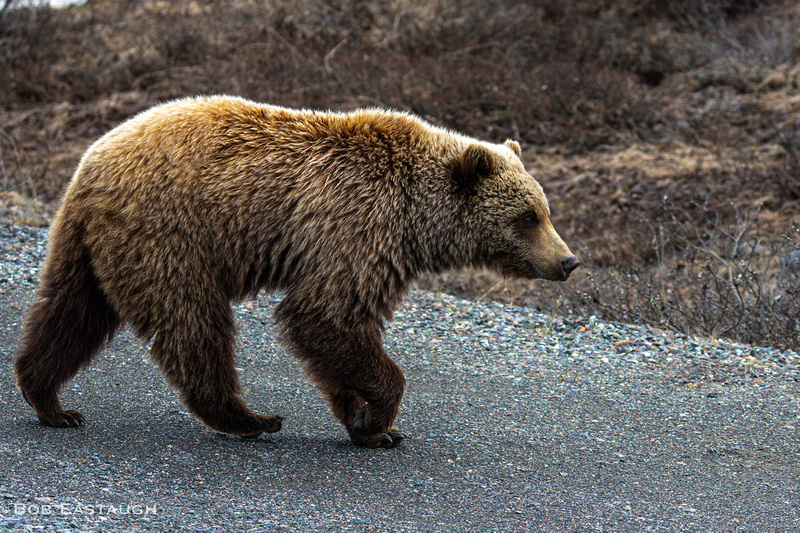 EF4A8173
EF4A8173
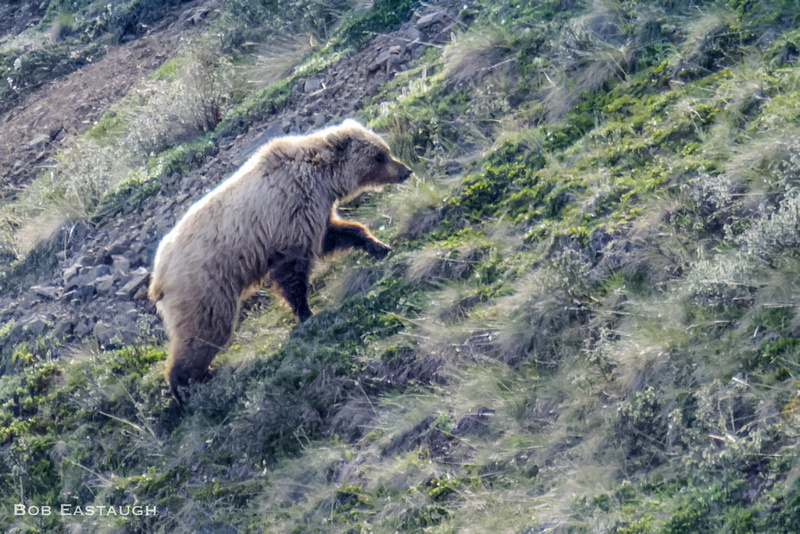 131A4244_DxO-Edit
131A4244_DxO-Edit
Rear-drive power helps propel this bear up a steep (50%?) grade. Grizzlies have been clocked at 45 mph running uphill.
Comments


After a lifetime of mainly expressing myself with words, my postings here will mainly rely on images. They will speak for themselves to some extent, but I'll usually add a few comments of explanation. I've taken photographs for decades, since the 1950's, inspired in part by my father's photographic skill. Four years of photo assignments and quality darkroom time eventually gave way to decades of casual and family picture-taking. I re-immersed myself when I left film and turned to digital.